Climate Engineering As A Geopolitical Tool In China
The impact of climate change is grave, but China's technology to manipulate weather through Carbon Dioxide Removal (CDR) and Solar Radiation Management (SRM) is causing new concerns.
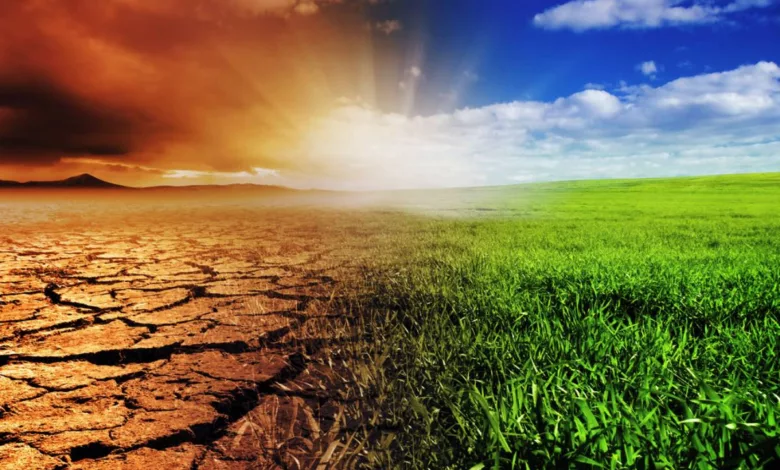
Climate Engineering As A Geopolitical Tool In China
A security threat may arise if China pursues this climate modification policy as part of its geopolitical agenda. OBOR is already causing massive environmental degradation in different parts of the world through its construction activities impacting the environment.
As early as May 2002, China signed the Regulations Governing Weather Modification, which laid the groundwork for its climate warfare strategy.
Using climate change as part of a military strategy, the Chinese government tacitly consents to its use.
Article 22 of the Regulations states that the Central Military Commission shall formulate specific measures for administering weather modification activities conducted for military purposes.
Considering that Chinese weather modification technology has a military component, we should also examine its techniques for climate modification engineering.
Beijing could use climate engineering to disrupt its neighbours’ monsoons. Weather modification techniques are being used for military purposes not only by China.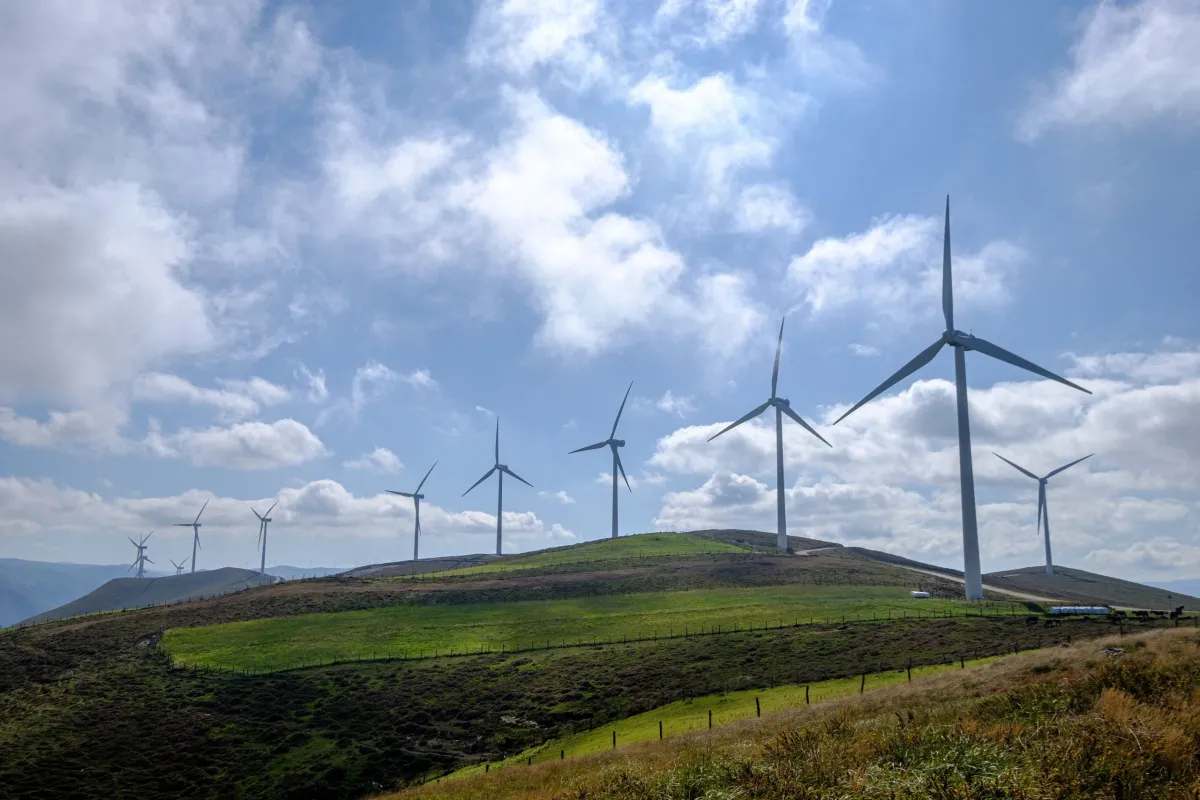
The United States deployed climate engineering technology in Vietnam and Laos in 1967 during the Cold War era.
During this programme, the U.S. Air Force altered the weather, as reported in an article published in 1973 by Seymour M. Hersh titled ‘U.S. uses rainmaking.’
Due to cloud seeding, North Vietnamese troops and equipment were hindered from moving, and enemy antiaircraft missiles were suppressed.
Another objective of the U.S. strategy is to alter or tailor the rain patterns over North Vietnam and Laos so that bombing missions can be carried out more effectively.
There were, however, harsh criticisms of the U.S. climate war strategy in Vietnam at the time. Considering the above case study of Vietnam, China’s system of climate warfare through bioengineering may be valid.
A second Chinese Communist Party (CCP) resolution on weather modification was released in 2012, along with the 2002 resolution.
In the Resolution, several provisions highlight the need to swiftly construct command and communication systems, declare operational airspace, and improve operational commands.
It also discusses mechanisms for close coordination between meteorological and military agencies.
There is a lack of real power in China’s legislative and judicial institutions, and civil society elsewhere is heavily suppressed, which enables the authoritarian state to utilize modern technology to tame Nature (and the environment) for its interests.
Ecological modernization can easily coexist with authoritarian environmental practices (p.226).
China’s ability to change the weather was demonstrated during the 2008 Olympics and the 100th-anniversary celebration of the Communist Party in 2021.
The Chinese have, in recent years, used climate engineering to change the climate of Tibet (also called the third pole) and Xinjiang, as news reports suggest.
Scientists from Tsinghua University increased rainfall by 17% in Tibet by using advanced research and giant loudspeakers.
Chinese officials initiated another project in 2018 to increase rainfall in Tibet called ‘sky-river rainmaking projects’. China needs more water, according to South China Morning Post.
In Tibet, Xinjiang, and other areas, over 500 burners have been installed to produce rain three times the size of Spain.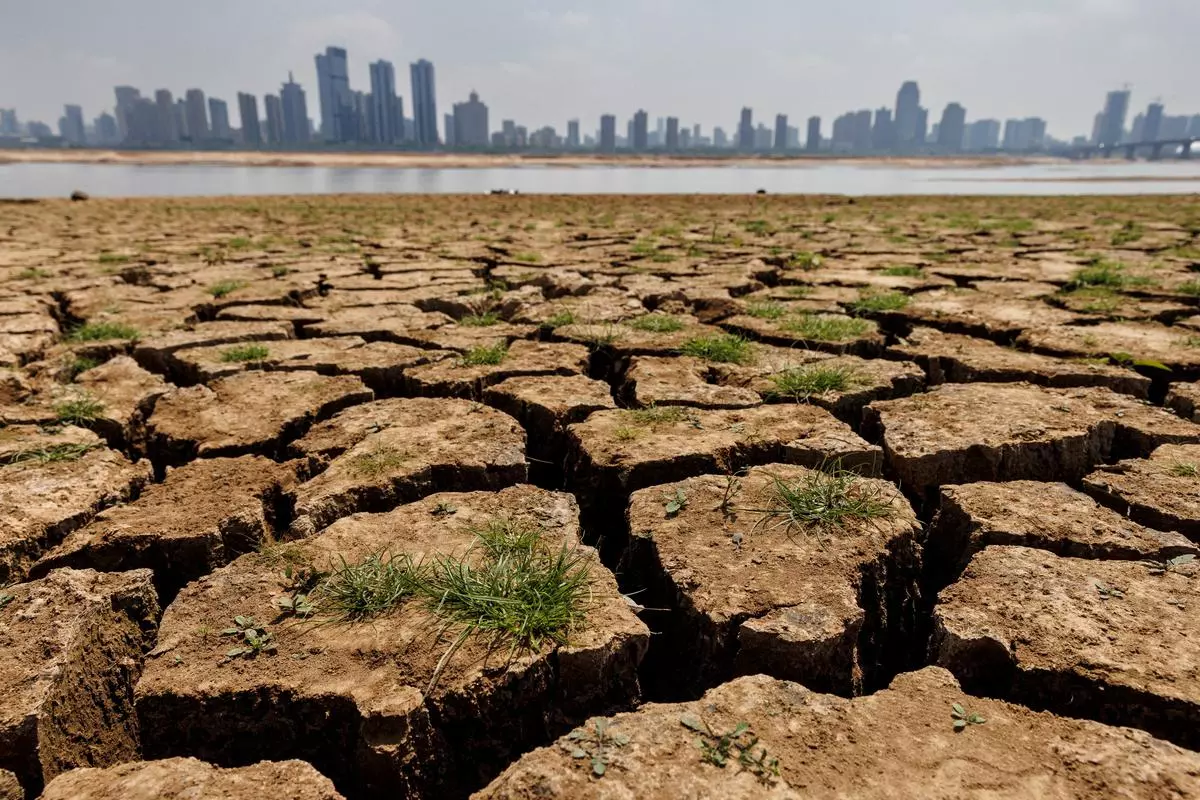
China hopes that by employing these weather modification techniques, it can secure approximately 10 billion cubic meters of water a year, which accounts for about 7 per cent of China’s overall water consumption.
A major river flows from the Tibetan plateau to India, including the Brahmaputra, Indus, and Mekong, to South East Asia. Chinese climate technologies alter the weather condition in Tibet, affecting rainfall.
There is an observed rapid melting of the glaciers in Tibet, contributing to erratic climate patterns. Water flow to India and southeast Asian countries may be affected by China’s climate engineering and climate change caused by shrinking glaciers.
The Mekong in Southeast Asia, the Brahmaputra in India, and the Indus in India are impacted. Unpredictable flooding can affect human lives and property, causing resource scarcity, such as arid conditions.
Also, irregular water flows caused by rising temperatures, and melting glaciers may affect food production, causing drought-like conditions. Considering China is an upstream country, it can better control water flow to India and the rest of South East Asia.
Additionally, the Ili and Irtysh rivers in Xinjiang threaten Kazakhstan. Xinjiang has been experiencing irregular rainfall since Kazakhstan suffered from flooding.
It is essential to highlight here that Kazakhstan has suffered tremendous environmental degradation due to climatic disturbances in Xinjiang, as studies suggest.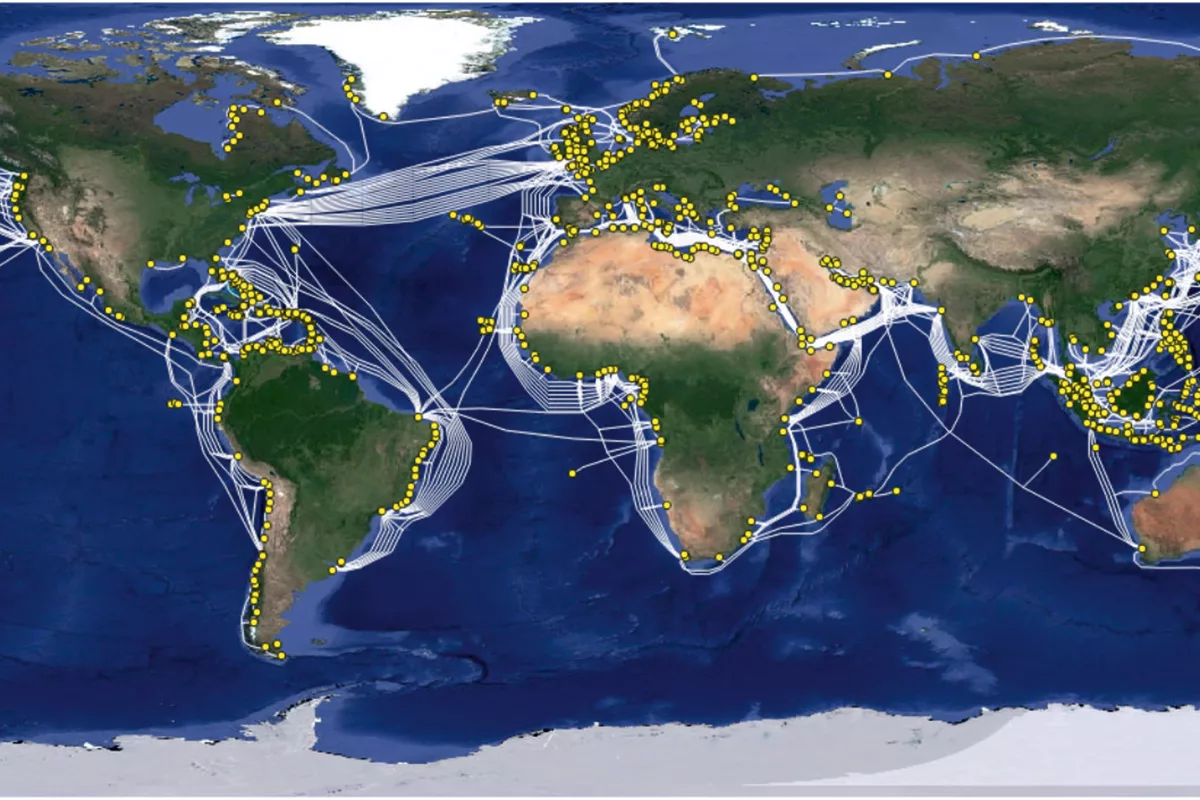
Both Tibet and Xinjiang are implementing weather engineering techniques, which may negatively affect the environmental security of neighbouring countries.
In response to China’s secrecy, one can speculate that its climate engineering initiatives could seriously threaten global commons in the long run, especially in South Asia, Southeast Asia, and Central Asia.
Studies on global geopolitics have demonstrated that climate change will adversely affect security, broadly construed. IPCC has also raised similar concerns in various reports.
To understand where China stands on global security and regional stability, one needs to examine its policy of weather modification engineering.
China is the most vulnerable to climate-related events on a domestic level. In addition, the IPCC’s 2022 report on ‘Impacts, Adaptation, and Vulnerability’ noted that climate change is having an adverse effect on China due to declining food production, aridity, and flash floods.
China might benefit from climate engineering in the short term, but it could have more dangerous consequences in the long run.
Considering that China’s civilian and military operational spheres fall under the Chinese military, it is difficult to segregate them.
Qiao Liang and Wang Xiangsui’s 1999 book Unrestricted Warfare, which outlined hybrid warfare strategies, emphasizes ‘resource warfare’ and ‘ecological warfare’ as components of mixed warfare operations.
Using a non-military warfare strategy, China subdues the other army without fighting, as described in the above book. A key element of China’s military doctrine involves climate engineering and ecological warfare.
Among these instances, China has constructed artificial dams in the South China Sea, militarized them, constructed dams in Tibet, and employed climate modification techniques that may affect neighbouring countries, all of which are part of an ecological warfare strategy.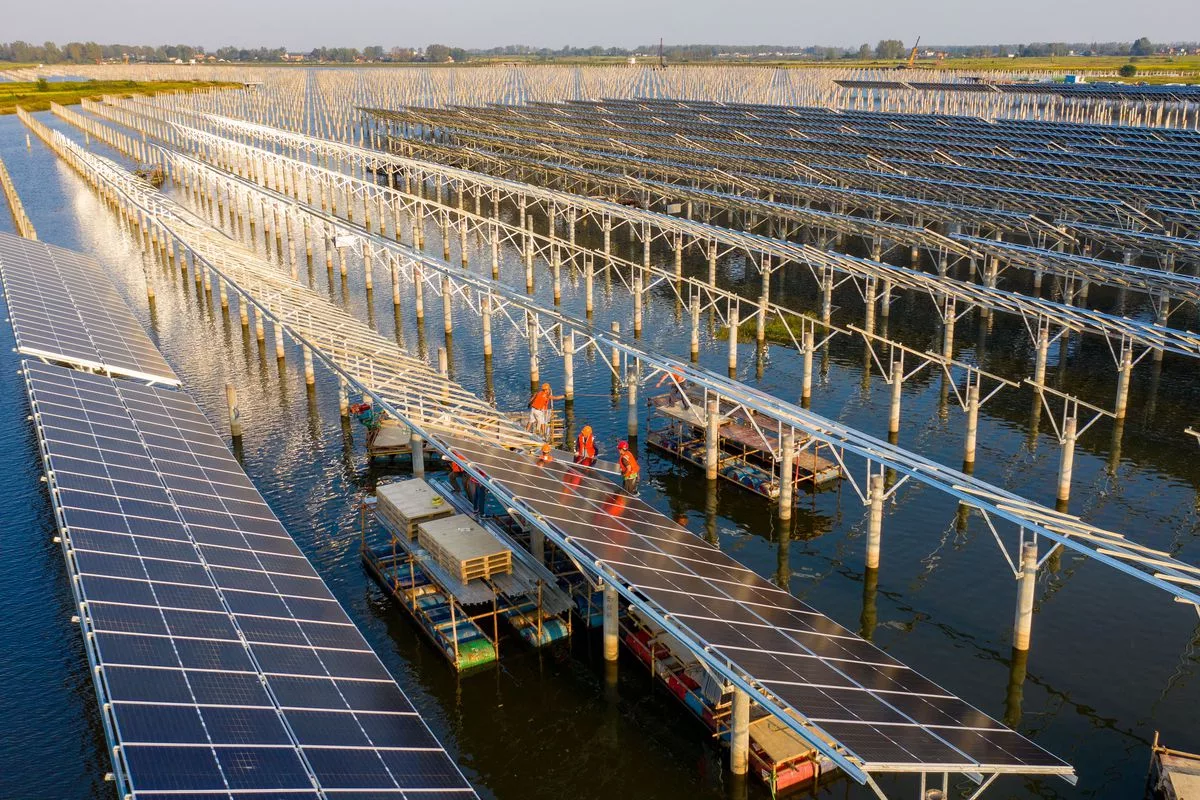
According to the South China Morning Post, in a 2018 article, ‘ Could this new Chinese radar system be used to influence the weather? China has funded many research studies on ionosphere weapons.
As the article points out, the device included many chemicals that would be released into the atmosphere to create a communication ‘black hole’ over enemy forces.
Geopolitics in South and Southeast Asia and Central Asia will be altered by China’s climate engineering technology to modify the weather.
It is a signatory of Article 1 of the 1978 Convention on the Prohibition of the Use of Military or Hostile Environmental Modification Techniques.
State parties are prohibited from destroying, destroying, destroying, and damaging another state party through widespread, long-term, or severe environmental modification techniques.
The Chinese government, however, appears to be indifferent to the obligations specified in the Agreement based on their non-compliance with many international agreements.
Hence, China is interested in using climate engineering as a geopolitical weapon to threaten its neighbours.
Chinese threats are accentuated when China’s centralized CCP rationalizes their ideology and strategy.
As far as environmental degradation is concerned, the country has already been under scrutiny for OBOR. An international investigation of China’s climate engineering technologies is needed.
edited and proofread by nikita sharma




